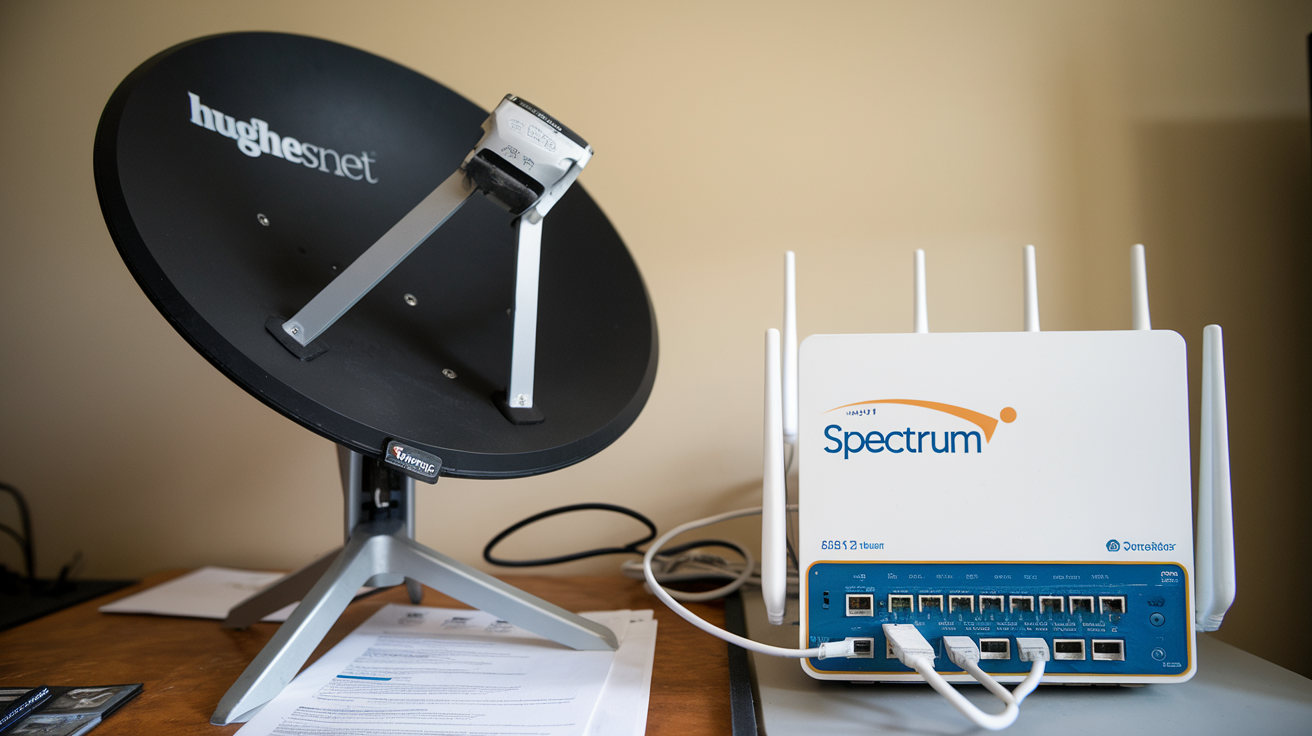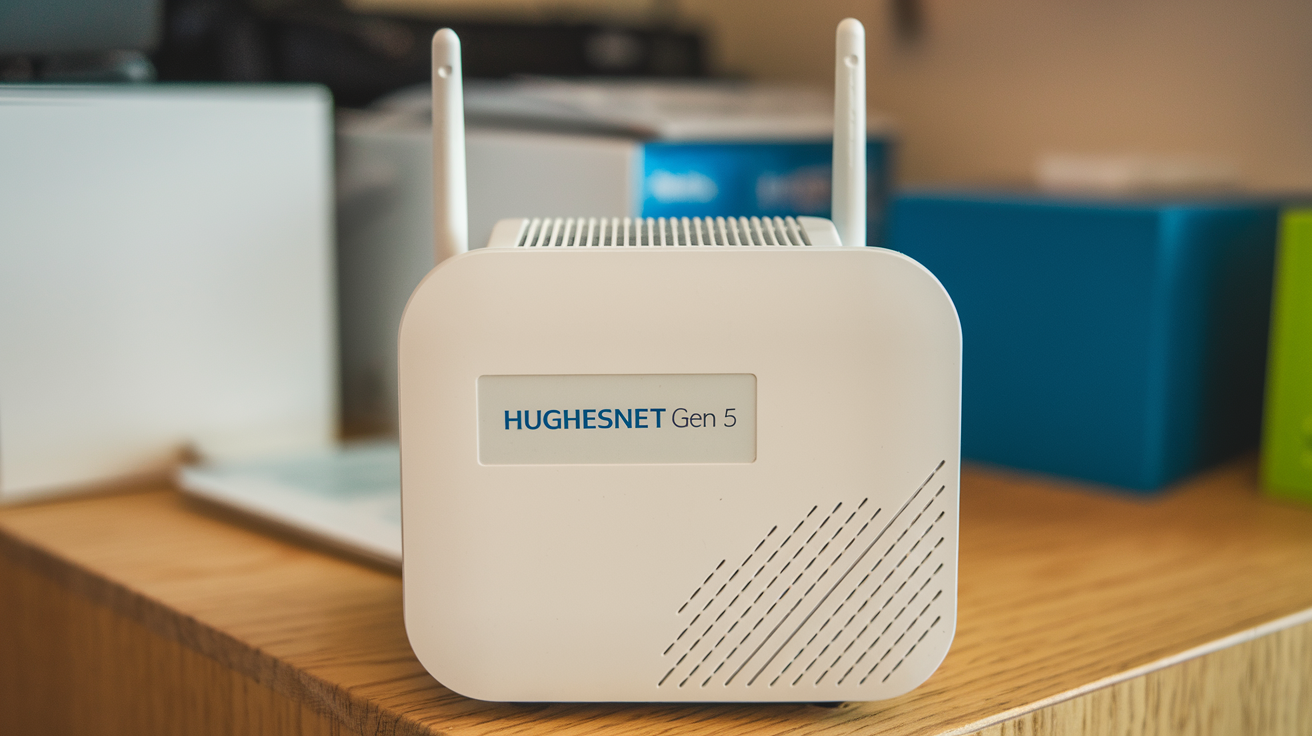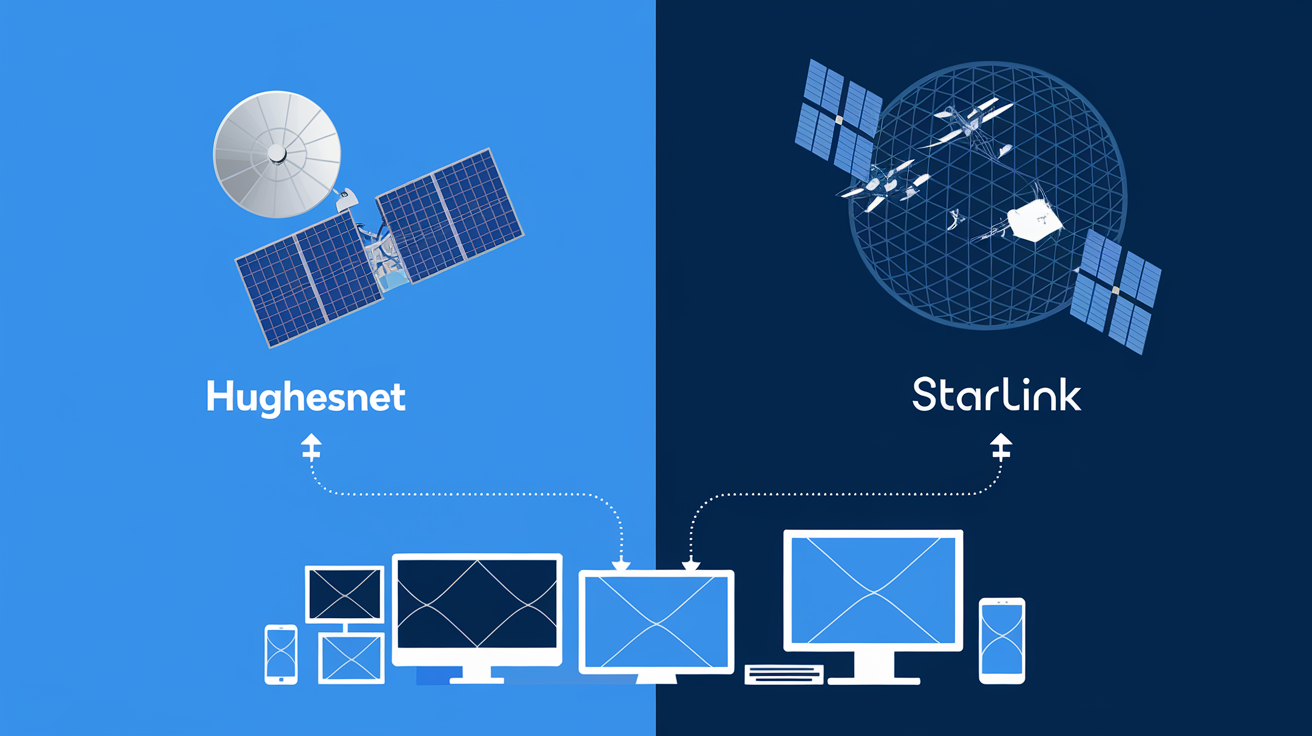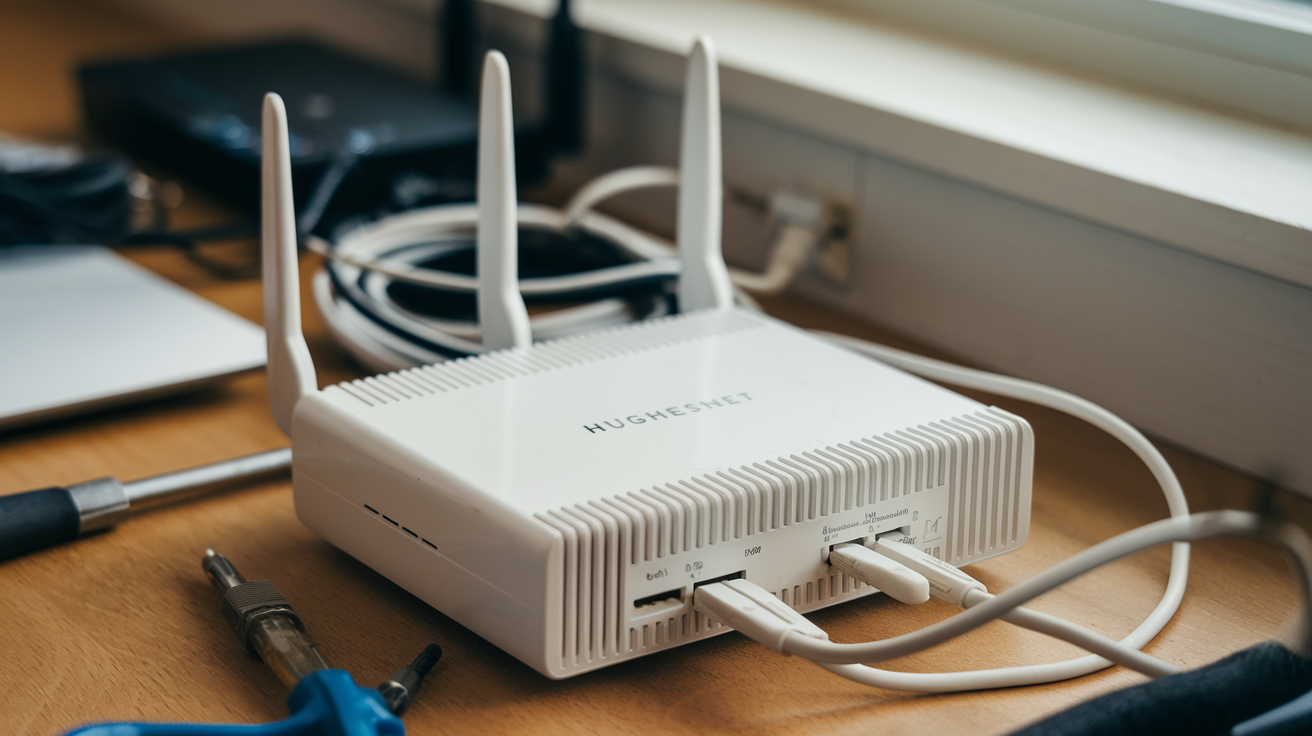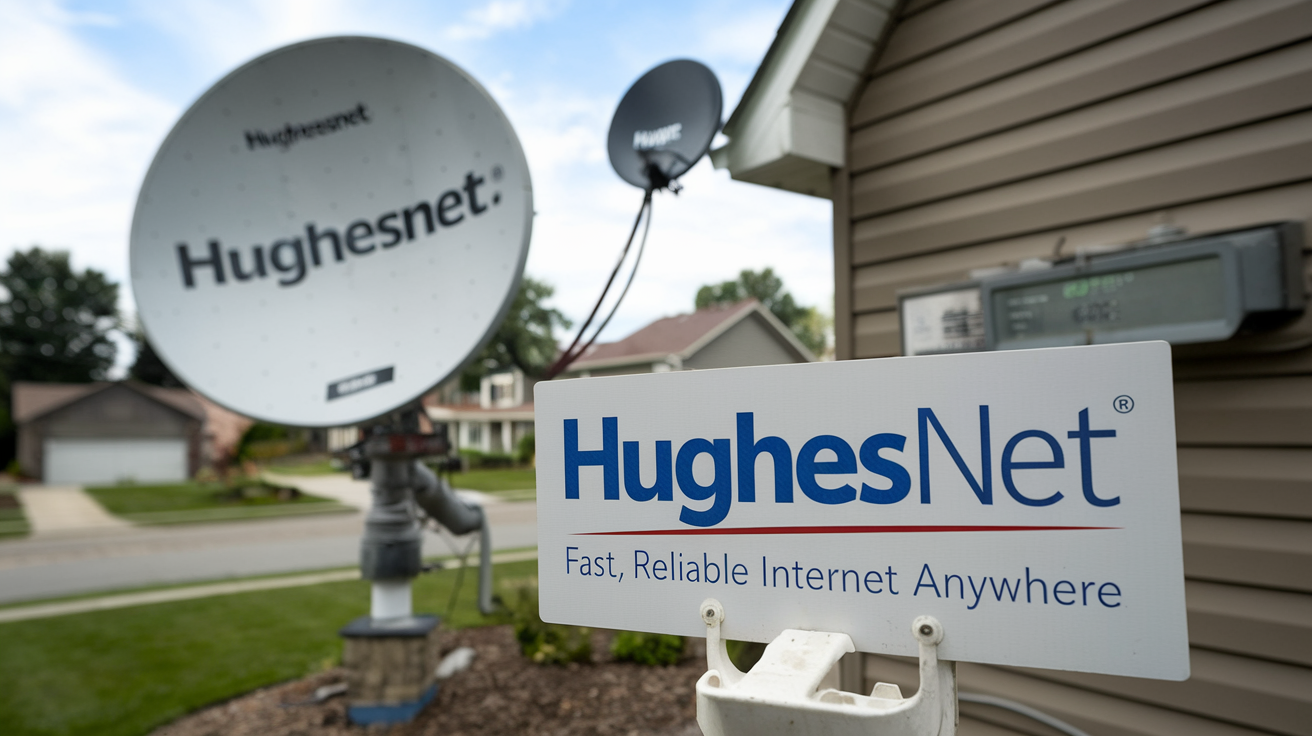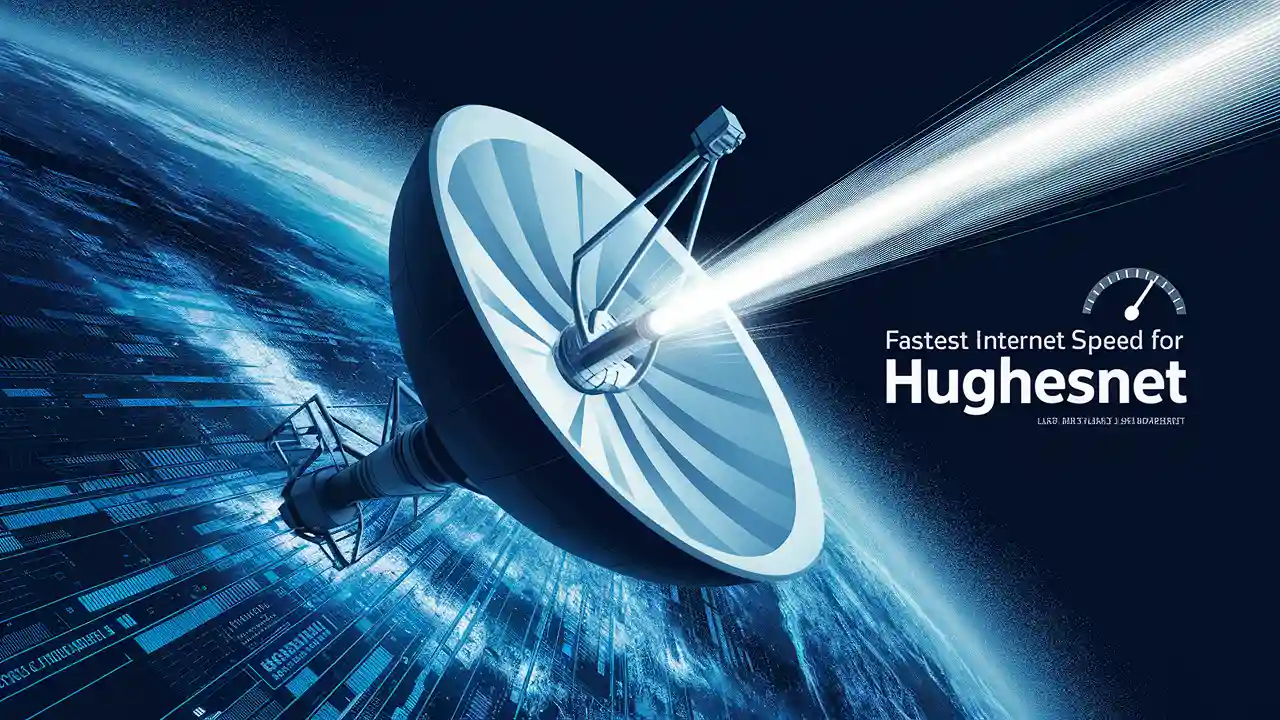
HughesNet: Actually, one of the fastest-growing internet technologies accessible today is satellite internet, which offers the quickest speeds.
Leading satellite providers of internet services in the United States include HughesNet. When broadband connections are needed in isolated and rural locations where cables and fibers cannot be covered, satellite internet is very appropriate. In terms of speed, satellite internet is often said to have some shortcomings, nevertheless. Thus, among other issues, what are the HughesNet internet download and upload speeds in their fastest offering?
HughesNet has offered Maximum Download Speed information.
The HughesNet satellite internet connection provides for downloading at a maximum of 25 Mbps (megabits per second). With their “Premium” plans, it’s possible to reach this download speed. 25 Mbps is regarded as a relatively fast speed and is faster than many rural DSL fixed wireless internet services. Web users can efficiently download web content, watch high-definition videos, perform voice-over-internet protocol calls, and perform simple online gaming.
Still, HughesNet states that 25 Mbps is the highest speed available; this only holds when the network is empty of other loads. The greatest connection speeds you may reach depend on the time of day, the temperature at the time of the download, network traffic, a host of other factors, and so on. Most HughesNet users have reportedly said that their highest bandwidths, during peak use, range from 5–15 Mbps.
Upload Speeds with HughesNet
Though HughesNet is fast at downloading its upload speed is considerably slower than that is expected due to its satellite-based broadband. HughesNet, not to mention the aforesaid cheaper packages, even its Premium 25 Mbps package offers only up to 3 Mbps of upload speed. This is enough for simple browsing sessions like typing emails or sharing small pictures on social networks. While average data transfer is relatively fast with this speed, heavy usage such as file transfer can be very slow.
Data Caps
Another significant disadvantage of HughesNet satellite internet services is that they significantly limit the amount of data that can be used. They come with 10, 20, 30, or 50 GB of monthly data allowance. You will find that your internet speeds are reduced to as low as 1 to 2 Mbps if you go beyond this allowance. Because of this speed throttling you pay for an allowance that is equal to your monthly usage to be able to surf constantly at fast connection speeds.
Understandably, certain factors influence the Satellite Internet Speeds.
While HughesNet promises download speeds up to 25Mbps and uploads up to 3 Mbps, several factors can degrade these speeds:
- Interference – This is one of the leading causes of reduced speed, especially during events such as heavy rain, snow, or wind because they block the satellite signals.
- Downtime – another disadvantage is that similar to cable internet, satellite internet is slower during evening hours since there is congestion from many users.
- Latency – The satellite signals have to cover a distance of about 44, 000 miles to the satellites in space and back again hence taking a relatively long time. This can translate to latency that ranges from 700-900ms making activities such as online gaming difficult.
- Data Cap Overage – What was stated earlier is that you are granted a much slower internet connection of 1-5 Mbps when you exceed your monthly data allowance.
- Limitations of access to location – Tall buildings, trees, or even geographical features that hinder direct view to the southern sky where the HughesNet satellites are located, will lead to weaker signals and slower connection.
To acquire the quickest speeds from HughesNet
Here are some tips to maximize the internet speeds available through HughesNet satellite service:
- Select Your Plan – For the best internet experience, get the Premium (25 Mbps) plan if you don’t mind paying a little more for steady internet speed. Also, choose a higher amount of data to not be throttled back to slow speeds each month.
- Don’t Be a Rush-Hour Bandit - Do not download, upload, or stream high bandwidth activities such as videos during the morning, evening rush hour, and lunchtime since the congestion and data usage are at their highest during these times.
- Restrict Interference – Prune any such vegetation that interferes with the view of the southern sky where the satellites are. Moreover, do not use the internet during storms or heavy precipitation because this interrupts the satellite signals significantly.
- Choose a Premium Satellite Dish – Various satellite dishes are available on the market, but high-gain satellite dishes such as SurfBeam 2 can receive signals faster during marginal weather conditions to give faster speeds. But they cost extra.
In conclusion, HughesNet provides High-Speed Satellite Internet faster than the other providers in the United States with download rates of up to 25 Mbps and upload rates of up to 3 Mbps. However, owing to the usual constraints of satellite internet, ISPs often allow users to experience only between 5 to 15 Mbps of actual connection during peak usage. While there is no way that one can completely control the speed of their internet connection from HughesNet, there are some guidelines that can be followed to ensure that you get to enjoy the best of your connection.
